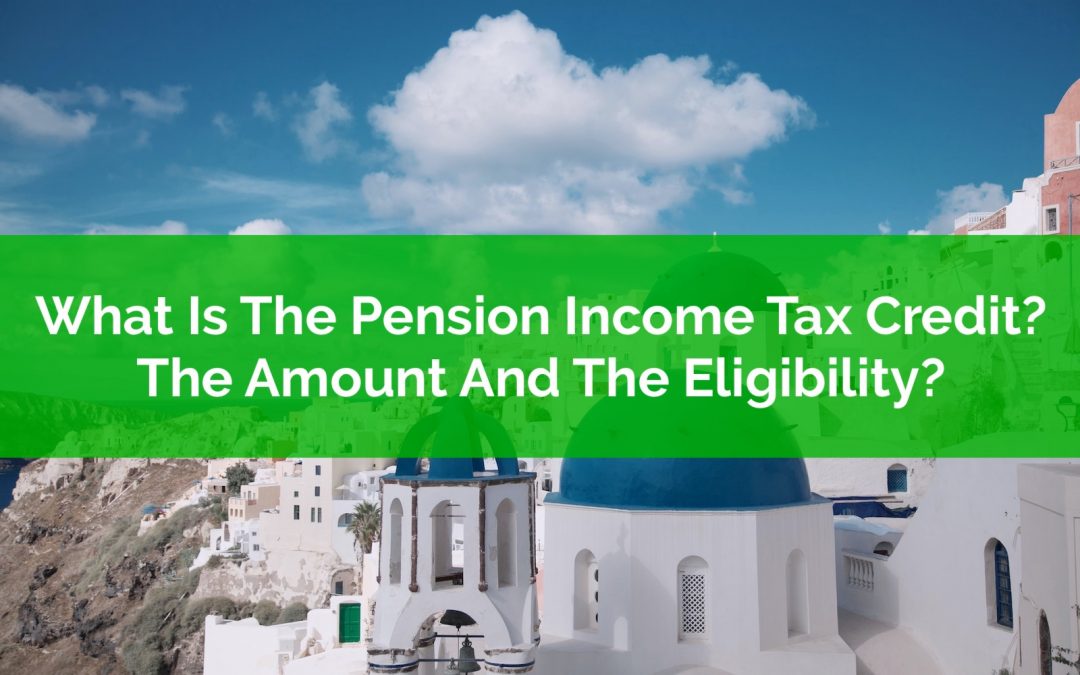“Welcome to the PlanEasy blog! We make personal finance easy.
Thanks for visiting.”
– Owen

Debt Snowball Or Debt Avalanche Or Both?
When it comes to paying off debt there are two popular strategies. These strategies are known as “the debt snowball” and “the debt avalanche”.
These are the two most popular strategies to pay off debt and they either take advantage of human psychology OR mathematics to help pay off debt faster.
Which debt payoff strategy you should choose depends on your situation. Choosing one method vs the other may mean paying off your debt off faster or…. it could mean taking longer to pay off your debt and making more interest payments.
The problem is that everyone is different and there isn’t a one-size-fits-all strategy. We have different amounts of debt, we have different types of debt, and those debts carry different interest rates (and to make it even more complicated, some kinds of debt are tax deductible or let you reduce payments in difficult times, like some student loans, which can be a very valuable benefit!).
On top of this we all value things differently. Some of us prefer that immediate feedback of paying off the first debt the fastest (even if it means paying a bit more in the long run). Whereas some of us prefer to delay gratification a little bit, as long as it’s worthwhile and we pay less interest in the end.
Choosing the right debt paydown strategy will depend on your personal situation and who you are as a person. In this post, we’ll summarize the two different methods and propose a third method that combines the best of both worlds.
We’ll also show you a cool little debt calculator that will help you decide which debt to pay off first.

Can A Financial Plan Predict The Future?
In a world filled with uncertainty a financial plan has this amazing ability to predict the future.
It can help predict future income, expenses, assets, and debts. It can help predict if you’ll be financially secure in the future or if you’ll be eating cat food. It can help predict if you need to save more to achieve your goals or if you can spend more now and enjoy today. In can help predict if you’ll run out of money in retirement or if you’ll end up with millions.
A financial plan isn’t a perfect prediction of course. It’s based on certain assumptions. But good assumptions can create a good prediction. There will still be some chance of the future working out differently than planned, but with a path mapped out the future becomes very real and very achievable.
They say that “failing to plan is planning to fail”. A financial plan will help you know where you’re going. It will help you create a clear roadmap to follow. If you can hit the milestones on the roadmap then success is all but guaranteed.
Here are just a few ways that a financial plan can help you predict the future and make it a reality.

What Is The Pension Income Tax Credit? Both The Amount And The Eligibility?
After reaching age 65 there are a couple of tax credits that we become eligible for. These tax credits vary in the amount of tax they save, but in general they help decrease income tax payable for those over the age of 65, and they can be very helpful to lower taxes in retirement.
But with some of these tax credits, they only apply if you have certain types of retirement income, and the pension income tax credit is one of those tax credits.
The pension income tax credit is one of a couple of tax credits that become available to everyone after age 65 (there is also the Age Amount Credit) but some people can access the pension income tax credit earlier than age 65 if they have certain types of retirement income.
All of these tax credits add up to provide a significant amount of tax savings in retirement, so it pays to understand the various credits and how to qualify for them.
The pension income tax credit provides a tax credit of $2,000 federally and between $1,000 to $2,000 depending on the province.

Owen Winkelmolen
Advice-only financial planner, CFP, and founder of PlanEasy.ca
“Welcome to the PlanEasy blog! We make personal finance easy.
Thanks for visiting.”
– Owen
New blog posts weekly!
Tax planning, benefit optimization, budgeting, family planning, retirement planning and more...

Debt Snowball Or Debt Avalanche Or Both?
When it comes to paying off debt there are two popular strategies. These strategies are known as “the debt snowball” and “the debt avalanche”.
These are the two most popular strategies to pay off debt and they either take advantage of human psychology OR mathematics to help pay off debt faster.
Which debt payoff strategy you should choose depends on your situation. Choosing one method vs the other may mean paying off your debt off faster or…. it could mean taking longer to pay off your debt and making more interest payments.
The problem is that everyone is different and there isn’t a one-size-fits-all strategy. We have different amounts of debt, we have different types of debt, and those debts carry different interest rates (and to make it even more complicated, some kinds of debt are tax deductible or let you reduce payments in difficult times, like some student loans, which can be a very valuable benefit!).
On top of this we all value things differently. Some of us prefer that immediate feedback of paying off the first debt the fastest (even if it means paying a bit more in the long run). Whereas some of us prefer to delay gratification a little bit, as long as it’s worthwhile and we pay less interest in the end.
Choosing the right debt paydown strategy will depend on your personal situation and who you are as a person. In this post, we’ll summarize the two different methods and propose a third method that combines the best of both worlds.
We’ll also show you a cool little debt calculator that will help you decide which debt to pay off first.

Can A Financial Plan Predict The Future?
In a world filled with uncertainty a financial plan has this amazing ability to predict the future.
It can help predict future income, expenses, assets, and debts. It can help predict if you’ll be financially secure in the future or if you’ll be eating cat food. It can help predict if you need to save more to achieve your goals or if you can spend more now and enjoy today. In can help predict if you’ll run out of money in retirement or if you’ll end up with millions.
A financial plan isn’t a perfect prediction of course. It’s based on certain assumptions. But good assumptions can create a good prediction. There will still be some chance of the future working out differently than planned, but with a path mapped out the future becomes very real and very achievable.
They say that “failing to plan is planning to fail”. A financial plan will help you know where you’re going. It will help you create a clear roadmap to follow. If you can hit the milestones on the roadmap then success is all but guaranteed.
Here are just a few ways that a financial plan can help you predict the future and make it a reality.

What Is The Pension Income Tax Credit? Both The Amount And The Eligibility?
After reaching age 65 there are a couple of tax credits that we become eligible for. These tax credits vary in the amount of tax they save, but in general they help decrease income tax payable for those over the age of 65, and they can be very helpful to lower taxes in retirement.
But with some of these tax credits, they only apply if you have certain types of retirement income, and the pension income tax credit is one of those tax credits.
The pension income tax credit is one of a couple of tax credits that become available to everyone after age 65 (there is also the Age Amount Credit) but some people can access the pension income tax credit earlier than age 65 if they have certain types of retirement income.
All of these tax credits add up to provide a significant amount of tax savings in retirement, so it pays to understand the various credits and how to qualify for them.
The pension income tax credit provides a tax credit of $2,000 federally and between $1,000 to $2,000 depending on the province.
Join over 250,000 people reading PlanEasy.ca each year. New blog posts weekly!
Tax planning, benefit optimization, budgeting, family planning, retirement planning and more...
Join over 250,000 people reading PlanEasy.ca each year. New blog posts weekly!
Tax planning, benefit optimization, budgeting, family planning, retirement planning and more...
